Mussel-inspired biomaterials: From chemistry to clinic
- PMID: 36176595
- PMCID: PMC9472010
- DOI: 10.1002/btm2.10385
Mussel-inspired biomaterials: From chemistry to clinic
Abstract
After several billions of years, nature still makes decisions on its own to identify, develop, and direct the most effective material for phenomena/challenges faced. Likewise, and inspired by the nature, we learned how to take steps in developing new technologies and materials innovations. Wet and strong adhesion by Mytilidae mussels (among which Mytilus edulis-blue mussel and Mytilus californianus-California mussel are the most well-known species) has been an inspiration in developing advanced adhesives for the moist condition. The wet adhesion phenomenon is significant in designing tissue adhesives and surgical sealants. However, a deep understanding of engaged chemical moieties, microenvironmental conditions of secreted proteins, and other contributing mechanisms for outstanding wet adhesion mussels are essential for the optimal design of wet glues. In this review, all aspects of wet adhesion of Mytilidae mussels, as well as different strategies needed for designing and fabricating wet adhesives are discussed from a chemistry point of view. Developed muscle-inspired chemistry is a versatile technique when designing not only wet adhesive, but also, in several more applications, especially in the bioengineering area. The applications of muscle-inspired biomaterials in various medical applications are summarized for future developments in the field.
Keywords: biomaterials; biomedical applications; catechol; coacervation; mussel‐inspired chemistry; pyrogallol; wet adhesion.
© 2022 The Authors. Bioengineering & Translational Medicine published by Wiley Periodicals LLC on behalf of American Institute of Chemical Engineers.
Conflict of interest statement
There is no conflict of interest to declare.
Figures

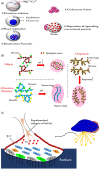


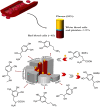
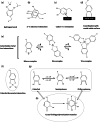
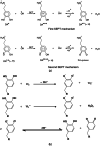



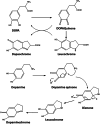







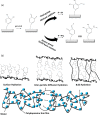






References
-
- Ige OO, Umoru LE, Aribo S. Natural products: a minefield of biomaterials. ISRN Mater Sci. 2012;2012:1‐20. doi:10.5402/2012/983062 - DOI
-
- Wheatley DN. Water: biology's forgotten molecule. Biologist. 1991;38(2):45‐49.
Publication types
LinkOut - more resources
Full Text Sources
Other Literature Sources

